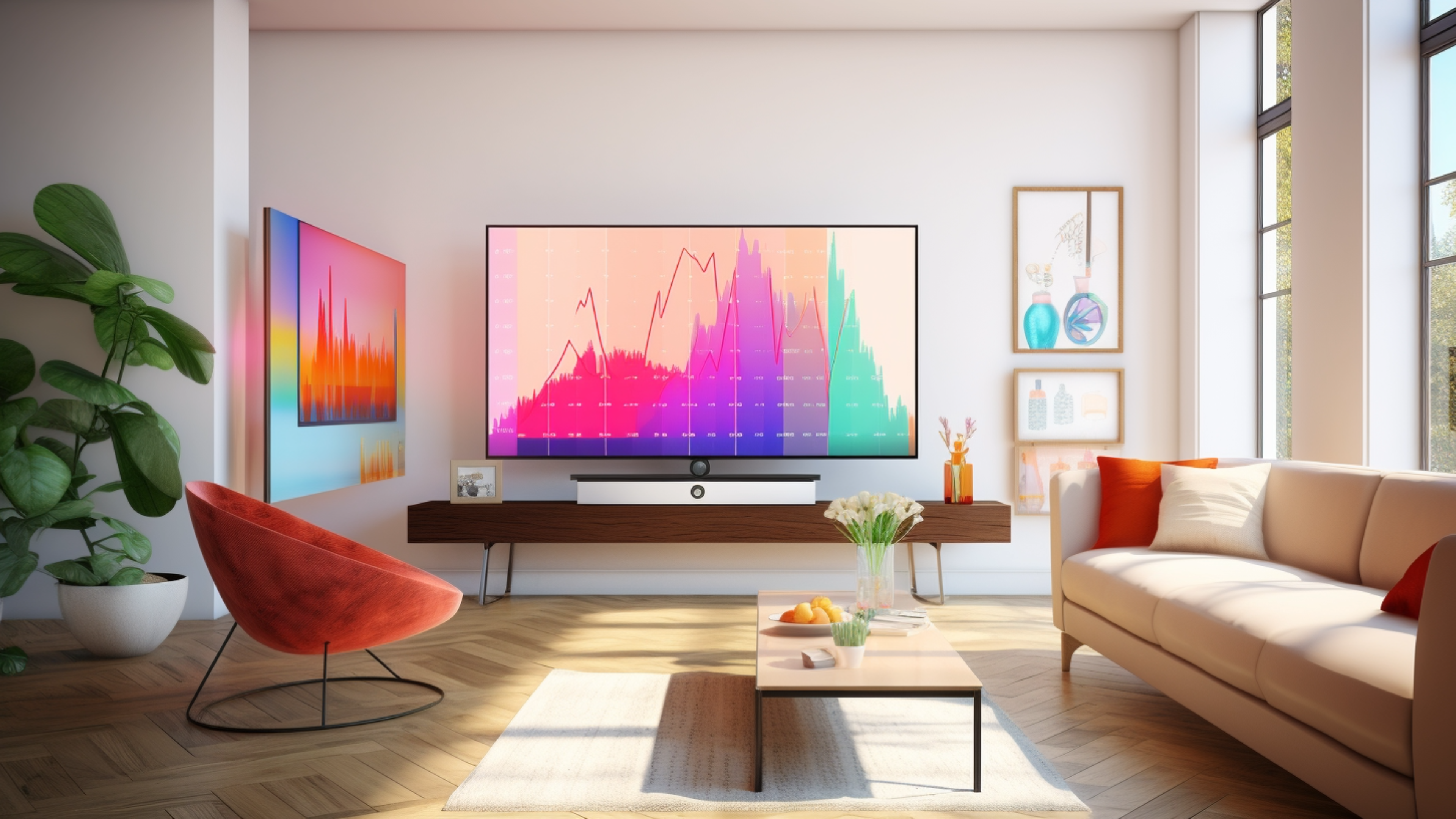Leveraging the power of commerce data with addressable TV

People often think of TV as only a brand-building medium, but decades of Marketing Mix Modelling (MMM) tell us that it’s also a powerful way to drive sales – and it’s getting stronger by the day. This is due in no small part to the growing opportunities of commerce media – advertising that uses retailer and transactional data as a way of reaching audiences more effectively to generate online and offline visits and ultimately sales.
At Finecast, we’ve always been about combining the power of TV with the precision of data. By expanding our capabilities to integrate commerce data, we’ve created an end-to-end commerce solution that spans the entire addressable TV campaign lifecycle. That means we’re now helping brands and advertisers to use commerce data at every step, from planning, targeting and creative to measurement and campaign optimisation.
A common way many of our clients are starting to use commerce data is by identifying valuable customers and creating audience segments. For instance, data from credit card transactions or a retail loyalty scheme can lead us to audiences in a particular category, high-value customers, high-frequency customers, consumers with a purchase history of competitor brands or consumers with an intention to purchase a certain type of goods within the next three months.
A case in point is our recent work with Boots, which combined their loyalty card purchase activity with the power of addressable creative. By connecting campaign exposure data to first-party transactional data, we measured a four-fold return on ad spend and 19% uplift in purchase intent, with 61% of exposed viewers likely to purchase the advertised product.
Another key opportunity is incorporating commerce data signals to aid our understanding of consumer purchasing behaviour into the campaign planning process. For example, if retail data shows that sales of their particular product are low in a specific location, but that category purchases are high, a retailer can shift TV budget to drive brand awareness and maximise sales to a captive audience.
Commerce data enables smarter targeting and more agile message delivery, but its strengths don’t end there. We’re seeing some interesting examples of commerce data lending new power to creative innovation. For instance, a fast-moving consumer goods (FMCG) brand might use SKU-level data to inform addressable creative, delivering TV ads for one product line in areas where stock is abundant and alternative messaging for other product lines in areas where stock levels are running low.
With many people now adept at juggling multiple screens at once, QR codes provide an opportunity to drive sales directly from TV ads. When a shoppable TV ad with a QR code appears on the TV screen, a viewer can scan the code using their phone, go straight to the advertiser’s website and complete a purchase almost instantly. Voice activation can work in a similar way, so that consumers who want to purchase the product shown in the TV ad they’ve just seen need only announce their desire to buy to their smart speaker. Job done!
When it comes to closing the loop, commerce data gives a huge boost to reporting, measurement and validation. As well as measuring campaign impact on online traffic and sales, we can analyse store footfall to see if a campaign drove traffic uplifts in a geographic area or look at transaction receipts to see if it generated an uplift in store sales. These clear insights can be plugged into future campaigns for optimisation. Testing and monitoring to find geographic areas or audience segments that deliver exceptional performance can, in turn, inform smarter budget decisions and creative messaging for both existing and upcoming campaigns.
By using Finecast’s advanced targeting capabilities, we worked with B&Q to build a fully bespoke audience segment of homeowners around its stores who are interested in kitchens. The result? Stores and the surrounding catchment areas that were exposed to the campaign witnessed a 23% greater increase in store visit conversion that those in the control group.
We’re seeing these capabilities helping all kinds of different clients – retailers who are using their own first-party data to increase sales and ROI, FMCG brands that are taking advantage of credit card or loyalty scheme data to reach category and competitive product buyers, and direct-to-consumer businesses that are leveraging their first-party data to build brand awareness, attract new customers and increase repeat purchases.
These businesses come from every market you can think of, from DIY stores to specialty food brands to telcos. But the common denominator is that they’re combining the power of addressable TV with commerce data sets and new creative formats to deliver more valuable experiences and generate incremental revenue for their brands.
*Recent campaigns with Boots UK and Airwaves Taiwan are great examples of how we’re integrating loyalty card data and purchase history data to achieve incremental sales and raise brand awareness.
by Chris Keenan, Global Chief Product & Commercial Officer
Download Unlocking the Potential of Addressable TV



